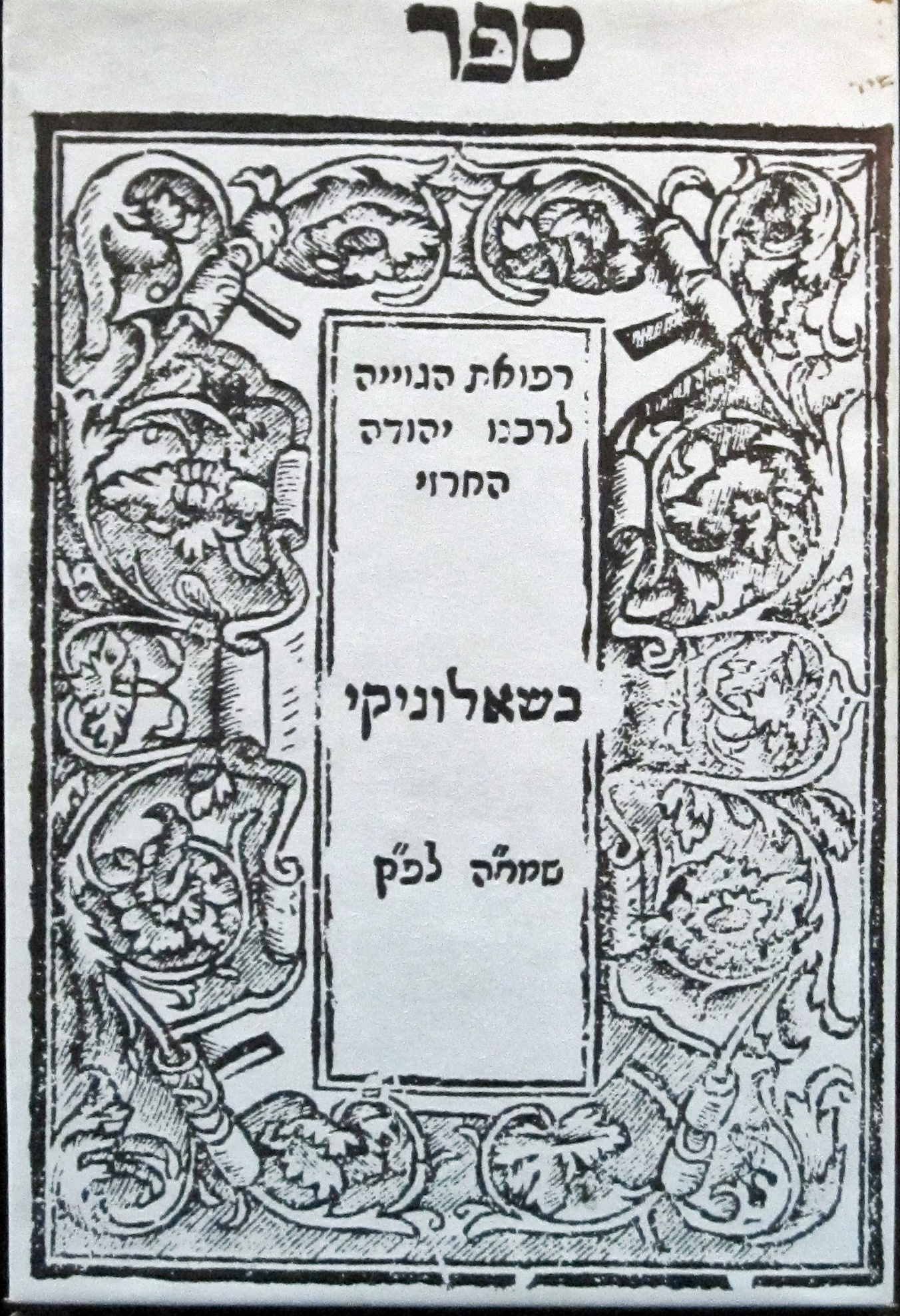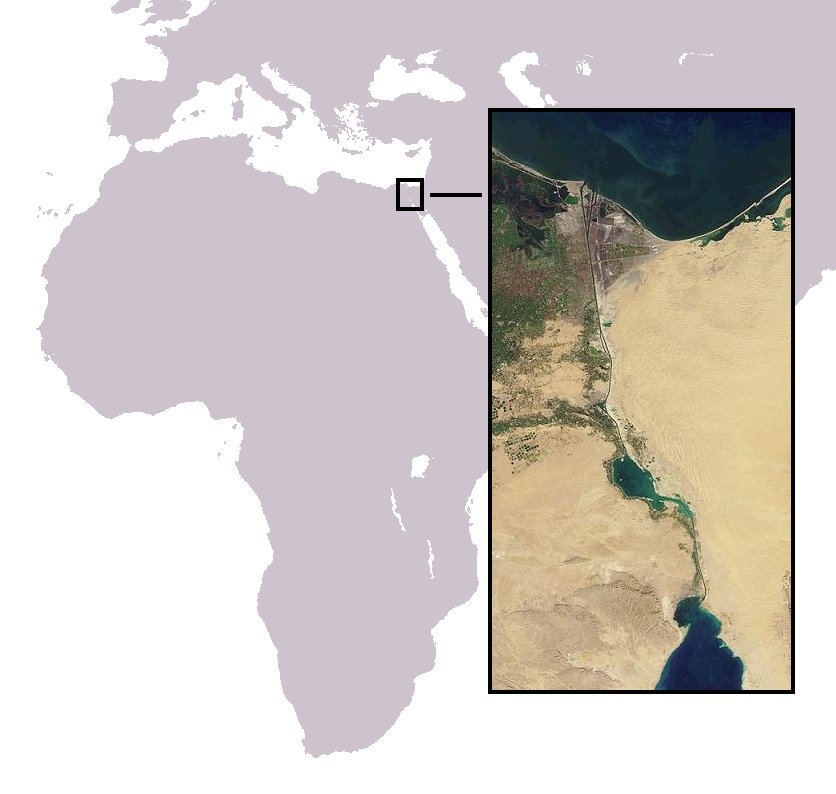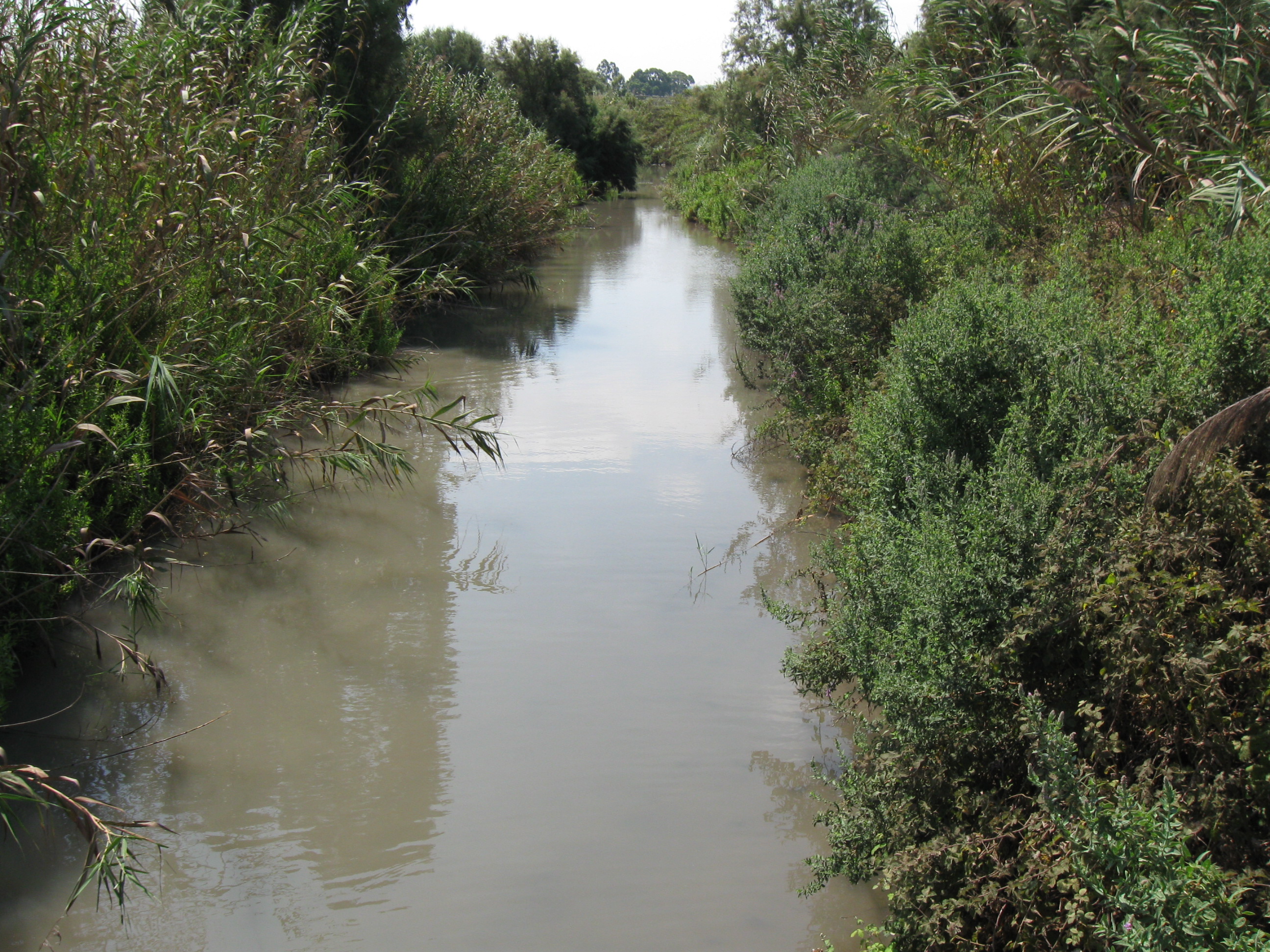|
David Ben-Uziel
David Ben-Uziel (; born in Haifa in 1935), nicknamed "Tarzan" and "General John," is a former Israeli member of the Mossad and a retired lieutenant colonel in the Israel Defense Forces. His military career began during the 1948 Arab–Israeli War, 1948 Arab-Israeli War. He served in various units and participated in significant operations, including the Entebbe raid. After his military service, he advised the Ethiopian army and later joined the Mossad in 1968. In 1969, he led a Mossad mission to support Anyanya, South Sudanese rebels during the First Sudanese Civil War, first Sudanese civil war. They created a makeshift runway in a forest to parachute essential supplies like medical equipment, vaccines, uniforms, and weapons from Kenya. His efforts contributed to the signing of the Addis Ababa Agreement (1972), 1972 peace agreement, bringing Southern Sudan Autonomous Region (1972–1983), autonomy to South Sudan. In 2011, South Sudan gained independence, and President Salva Kiir Ma ... [...More Info...] [...Related Items...] OR: [Wikipedia] [Google] [Baidu] |
Haifa
Haifa ( he, חֵיפָה ' ; ar, حَيْفَا ') is the third-largest city in Israel—after Jerusalem and Tel Aviv—with a population of in . The city of Haifa forms part of the Haifa metropolitan area, the third-most populous metropolitan area in Israel. It is home to the Baháʼí Faith's Baháʼí World Centre, and is a UNESCO World Heritage Site and a destination for Baháʼí pilgrimage. Built on the slopes of Mount Carmel, the settlement has a history spanning more than 3,000 years. The earliest known settlement in the vicinity was Tell Abu Hawam, a small port city established in the Late Bronze Age (14th century BCE). Encyclopedia Judaica, ''Haifa'', Keter Publishing, Jerusalem, 1972, vol. 7, pp. 1134–1139 In the 3rd century CE, Haifa was known as a dye-making center. Over the millennia, the Haifa area has changed hands: being conquered and ruled by the Canaanites, Israelites, Phoenicians, Assyrians, Babylonians, Persians, Hasmoneans, Romans, Byzant ... [...More Info...] [...Related Items...] OR: [Wikipedia] [Google] [Baidu] |
Tahkemoni
Yehuda Alharizi, also Judah ben Solomon Harizi or al-Harizi ( he, יהודה בן שלמה אלחריזי, ''Yehudah ben Shelomo al-Harizi'', ar, يحيا بن سليمان بن شاؤل أبو زكريا الحريزي اليهودي من أهل طليطلة, ''Yahya bin Sulaiman bin Sha'ul abu Zakaria al-Harizi al-Yahudi min ahl Tulaitila''), was a rabbi, translator, poet and traveller active in Spain in the Middle Ages (mid-12th century in Toledo? – 1225 in Aleppo). He was supported by wealthy patrons, to whom he wrote poems and dedicated compositions. Life Judah al-Harizi was born in Toledo in the mid-12th century into a family that was originally from Jerez and was educated in Castile. A Hebrew biographer and a contemporary, Ibn al-Sha’ar al-Mawsili (1197–1256), provided the only known physical description of al-Harizi: As was the practice for educated men of the period, he travelled extensively throughout the region, visiting Jewish communities and various centre ... [...More Info...] [...Related Items...] OR: [Wikipedia] [Google] [Baidu] |
Al-Ram
Al-Ram ( ar, الرّام), also transcribed as Al-Ramm, El-Ram, Er-Ram, and A-Ram, is a Palestinian town which lies northeast of Jerusalem, just outside the city's municipal border. The village is part of the built-up urban area of Jerusalem, the Atarot industrial zone and Beit Hanina lie to the west, and Neve Yaakov borders it on the south, with a built-up area of 3,289 dunums. According to the Palestinian Central Bureau of Statistics, a-Ram had a population of 25,595 in 2006. The head of A-Ram's village council estimates that 58,000 people live there, more than half of them holding Israeli identity cards. History Ancient Israel Al-Ram is thought to be the site of the biblical city of Ramah in Benjamin.Robinson and Smith, 1841, vol 2, pp315317 Archeological evidence shows that the town was heavily populated during the Iron Age II, declined during the Persian period, and later revived during the Hellenistic period. Classical period Ossuaries dated to the first century BC and ... [...More Info...] [...Related Items...] OR: [Wikipedia] [Google] [Baidu] |
Ethiopian Army
The Ethiopian Ground Forces () is the land service branch of the Ethiopian National Defense Force. It is senior of the two uniformed military branches. It engages in land warfare and combined arms operations, including armored and mechanized operations as well as air assault operations. History 1990-91 Order of Battle Gebru Tareke listed Ethiopian ground forces in 1990 as comprising four revolutionary armies organized as task forces, eleven corps, twenty-four infantry divisions, and four mountain divisions, reinforced by five mechanized divisions, two airborne divisions, and ninety-five brigades, including four mechanized brigades, three artillery brigades, four tank brigades, twelve special commandos and para commandos brigades – including the Spartakiad, which became operational in 1987 under the preparation and guidance of North Koreans – seven BM-rocket battalions, and ten brigades of paramilitary forces. Forces underarms were estimated at 230,000 ... [...More Info...] [...Related Items...] OR: [Wikipedia] [Google] [Baidu] |
Battle Of Mitla Pass
The Mitla Pass ( ar, ممر متلة, he, מיתלה) is a pass snaking in the Sinai Peninsula of Egypt, wedged between mountain ranges to the north and south. It is located about east of Suez. It is the monotonous ride through here and Nekhel, a wilderness that provides the shortest route between Nuweiba and Cairo. Buses carrying tourist to Mount Sinai, St. Catherine's Monastery, and Feiran Oasis travel through there. Wars between Israel and Egypt Mitla Pass is a site of major battles between the militaries of Egypt and Israel during the wars of 1956, 1967, and 1973. Mitla incident during the Suez War During the Israeli invasion of Egypt in the Suez War of 1956 the pass was captured by the 202nd Brigade of the Israeli army, commanded by Ariel Sharon, without the approval of the Israeli leadership. Sharon faced elements of the Egyptian 2nd Brigade, which had prepared an ambush within the pass. Egyptians pinned down such famous Israelis as Mordechai Gur and Uri Dan under ... [...More Info...] [...Related Items...] OR: [Wikipedia] [Google] [Baidu] |
Suez Crisis
The Suez Crisis, or the Second Arab–Israeli war, also called the Tripartite Aggression ( ar, العدوان الثلاثي, Al-ʿUdwān aṯ-Ṯulāṯiyy) in the Arab world and the Sinai War in Israel,Also known as the Suez War or 1956 War; other names include the ''Sinai war'', ''Suez–Sinai war'', ''1956 Arab–Israeli war'', the Second Arab–Israeli war, ''Suez Campaign'', ''Sinai Campaign'', ''Kadesh Operation'' and ''Operation Musketeer'' was an invasion of Egypt in late 1956 by Israel, followed by the United Kingdom and France. The aims were to regain control of the Suez Canal for the Western powers and to remove Egyptian president Gamal Abdel Nasser, who had just swiftly nationalised the foreign-owned Suez Canal Company, which administered the canal. Israel's primary objective was to re-open the blocked Straits of Tiran. After the fighting had started, political pressure from the United States, the Soviet Union and the United Nations led to a withdrawal by the ... [...More Info...] [...Related Items...] OR: [Wikipedia] [Google] [Baidu] |
Unit 101
Commando Unit 101 ( he, יחידה 101) was a special forces unit of the Israeli Defense Forces (IDF), founded and commanded by Ariel Sharon on orders from Prime Minister David Ben-Gurion in August 1953. They were armed with non-standard weapons and tasked with carrying out retribution operations across the state's borders—in particular, establishing small unit maneuvers, activation and insertion tactics. Members of the unit were recruited only from agricultural kibbutzim and moshavim. Membership in the unit was by invitation only, and any new member had to be voted on by all existing members before they were accepted.Yossi Klein Halevi, ''Like Dreamers'', (New York, 2013), pp. 42–43 The unit was merged into the 890th Paratroop Battalion during January 1954, on orders of General Moshe Dayan, Chief of Staff, because he wanted their experience and spirit to be spread among all infantry units of IDF starting with the paratroopers. They are considered to have had a significant i ... [...More Info...] [...Related Items...] OR: [Wikipedia] [Google] [Baidu] |
Paratroopers Brigade
The 35th Brigade ( he, חֲטִיבַת הַצַּנְחָנִים, ''Hativat HaTzanhanim''), also known as the Paratroopers Brigade, is an infantry brigade unit of paratroopers within the Israel Defense Forces (IDF), and forms a major part of the Infantry Corps. It has a history of carrying out special forces-style missions dating back to the 1950s. Paratrooper Brigade soldiers wear maroon berets with the infantry pin and reddish-brown boots. Distinct from all other soldiers of the IDF, Paratroopers wear a tunic and belt over the shirt. The IDF has four reservist paratrooper brigades ( 55th, 226th, 551st and 646th) at any given time, consisting of personnel who served their mandatory time in the brigade, and who are mostly relatively recently discharged, aside from officers. History In 1949 Chaim Laskov asked Machalnik Captain Tom Derek Bowden to create a paratroop school. He did so, writing a training manual with the help of his Hebrew-speaking secretary Eva Heilbronn ... [...More Info...] [...Related Items...] OR: [Wikipedia] [Google] [Baidu] |
Neve Eitan
Neve Eitan ( he, נְוֵה אֵיתָן, lit. ''Strong residence'') is a kibbutz in the Beit She'an Valley in northern Israel. Located about 1 km east of Beit She'an and 1 km west of Maoz Haim, it is under the jurisdiction of Valley of Springs Regional Council. In it had a population of . History The kibbutz was established on 25 November 1938 by Polish members of the "Akiva" movement as part of the tower and stockade campaign. Native Israelis joined the settlement in 1952. The name "Neve Eitan" is based on the original Hebrew text of a verse in Jeremiah (Jeremiah, 49:19), in which God curses Edom to sudden overthrow: "It shall be as when a lion comes up out of the jungle of the Jordan (''Ge'on HaYarden'': גְּאֹ֣ון הַיַּרְדֵּן֮) against a secure pasture (''Neve Eitan'': נְוֵ֣ה אֵיתָן֒)" ( JPS1985). Neve Eitan was established on what was traditionally land belonging to the Palestinian village of Al-Ghazzawiyya. Education The ki ... [...More Info...] [...Related Items...] OR: [Wikipedia] [Google] [Baidu] |
Nahal
Nahal ( he, נח"ל) (acronym of ''Noar Halutzi Lohem'', lit. Fighting Pioneer Youth) is a program that combines military service with mostly social welfare and informal education projects such as youth movement activities, as well as training in entrepreneurship in urban development areas. Prior to the 1990s it was a paramilitary Israel Defense Forces program that combined military service and the establishment of agricultural settlements, often in peripheral areas. The Nahal groups of soldiers formed the core of the Nahal Infantry Brigade. History In 1948, a ''gar'in'' (core group) of Jewish pioneers wrote to Prime Minister David Ben-Gurion requesting that members be allowed to do their military service as a group rather than being split up into different units at random. In response to this letter, Ben-Gurion created the Nahal program, which combined military service and farming. Some 108 kibbutzim and agricultural settlements were established by the Nahal, many of t ... [...More Info...] [...Related Items...] OR: [Wikipedia] [Google] [Baidu] |
Na'aman River
Na'aman River, ( he, נחל נעמן, Nahal Na'aman; ar, نهر النعامين, Nahr Na'mein), is a stream in northwestern Israel. To the ancient writers Pliny, Tacitus and Josephus it was known as the Belus or Belos River of Phoenicia. The Na'aman River today originates from springs near Ein Afek, primarily Ein Nymphit, and flows through the Zebulun Valley from south to north, before emptying into the Bay of Haifa (formerly Bay of Acre) south of Acre (Akko) on the Mediterranean Sea. History Once known as Belus or Belos, the river is mentioned by Isidore of Seville. According to the legend, this is where glass-making was invented. Tacitus also mentions glassmaking at the Belus. Pliny the Elder ('' Natural History'', 5.19), using the name 'Pacida', mentions that the river flowed from Lake Cendevia (now below Mount Carmel) for to the sea near "Ptolemais Ace" (Acre, Israel), and that it was celebrated for its vitreous sands. The name is based on ''Baal''. Wetlands The ... [...More Info...] [...Related Items...] OR: [Wikipedia] [Google] [Baidu] |
ECHELON
ECHELON, originally a secret government code name, is a surveillance program ( signals intelligence/SIGINT collection and analysis network) operated by the five signatory states to the UKUSA Security Agreement:Given the 5 dialects that use the terms, UKUSA can be pronounced from "You-Q-SA" to "Oo-Coo-SA", AUSCANNZUKUS can be pronounced from "Oz-Can-Zuke-Us" to "Orse-Can-Zoo-Cuss". :From Talk:UKUSA Agreement: "Per documents officially released by both the Government Communications Headquarters and the National Security Agency, this agreement is referred to as the UKUSA Agreement. This name is subsequently used by media sources reporting on the story, as written in new references used for the article. The NSA press release provides a pronunciation guide, indicating that "UKUSA" should not be read as two separate entities.(National Security Agency)" Australia, Canada, New Zealand, the United Kingdom and the United States, also known as the Five Eyes. Created in the late 19 ... [...More Info...] [...Related Items...] OR: [Wikipedia] [Google] [Baidu] |


.jpg)







